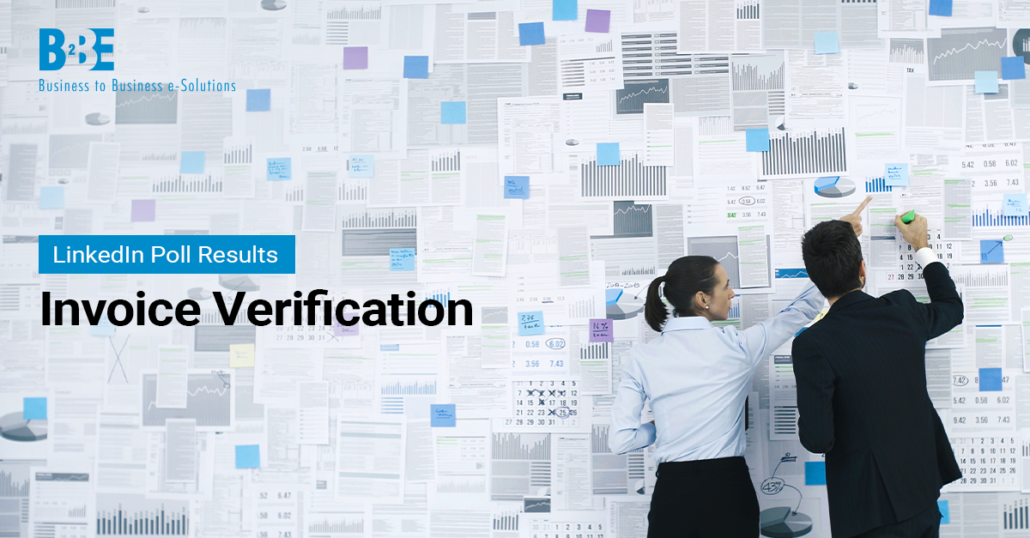As businesses strive to optimise their financial workflows and bolster operational resilience, the question that emerges as pivotal is: What method of invoice verification does your business use?
The landscape of invoice verification encompasses a spectrum of approaches, ranging from manual inspections to automated processes, each carrying its unique advantages and challenges. This question serves as a gateway to understanding the prevailing practices and preferences shaping invoice verification within organisations.
Poll results
In our most recent LinkedIn poll, we asked our social media followers: what method of invoice verification does your business use?
Invoice Verification Methods
Check Goods Receipt
A significant 60% of respondents indicated “Check Goods Receipt.” This response underscores the prevalent practice of cross-referencing received goods with corresponding documentation, such as delivery receipts or purchase orders, as a means of verifying invoice accuracy.
The “Check Goods Receipt” method involves ensuring that the quantity, quality, and condition of goods received match the details specified in accompanying documentation before approving the corresponding invoice for payment. This meticulous verification process helps to mitigate the risk of errors, discrepancies, or unauthorised charges in supplier invoices, thereby safeguarding the organisation’s financial integrity and ensuring transparency in procurement transactions. The widespread adoption of the “Check Goods Receipt” method highlights its effectiveness in enhancing accuracy and accountability within invoice verification processes, ultimately contributing to improved operational efficiency and cost management.
Learn more about B2BE’s Goods Receipt solution.
Check Purchase Order
40% of respondents indicated the utilisation of the “Check Purchase Order” method. This approach involves cross-referencing invoices with corresponding purchase orders to ensure alignment between the goods or services received and those initially requested. By verifying invoices against purchase orders, businesses can confirm the accuracy of invoiced items, quantities, and prices, mitigating the risk of overbilling or unauthorised charges.
The “Check Purchase Order” method serves as a crucial control mechanism to maintain financial accuracy, enhance transparency, and facilitate effective vendor management. Its widespread adoption among respondents underscores its significance as a fundamental practice in invoice verification, reflecting a commitment to rigorous financial oversight and compliance within organisations.
Other
Finally, no respondents indicated the use of “Other” methods, suggesting that the options provided comprehensively covered the approaches utilised by businesses. While this absence of responses under “Other” indicates that respondents did not identify alternative verification methods beyond those presented, it’s essential to recognise that invoice verification practices may vary significantly across organisations based on factors such as industry, size, and internal processes.
While “Other” received 0% of the responses in this survey, it’s crucial for businesses to remain open to diverse approaches and continuously evaluate their invoice verification strategies to ensure accuracy, efficiency, and compliance with financial best practices.
More information
B2BE’s experience in the supply chain sector allows our customers to build, expand and adapt successfully, enabling greater effectiveness. To engage with B2BE and offer feedback on what matters most to you and your business, make sure to follow us on LinkedIn and across social media. You can also vote in our latest LinkedIn poll. If you’d like to discuss your supply chain strategy, get in touch with us.
